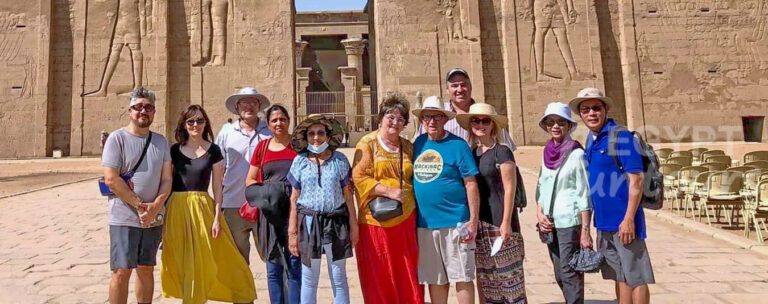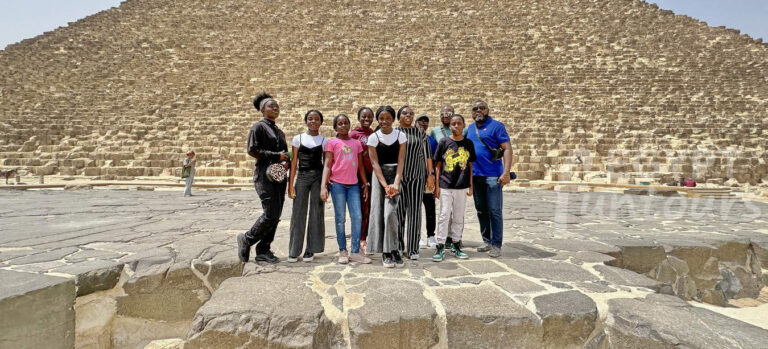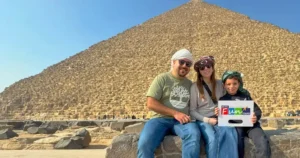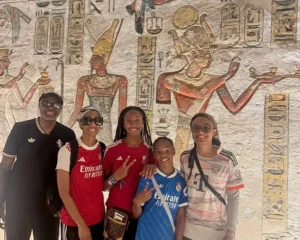The Curse of the Pharaohs
The Curse of the Pharaohs has always been an interesting topic! “All who get near to, death shall perish.” Perhaps the fabled “Curse of the Pharaohs,” which obsessed many times over, is the basis for their belief in the episodes of death and devastation that impact all of their open or near-pharaonic graves.




























